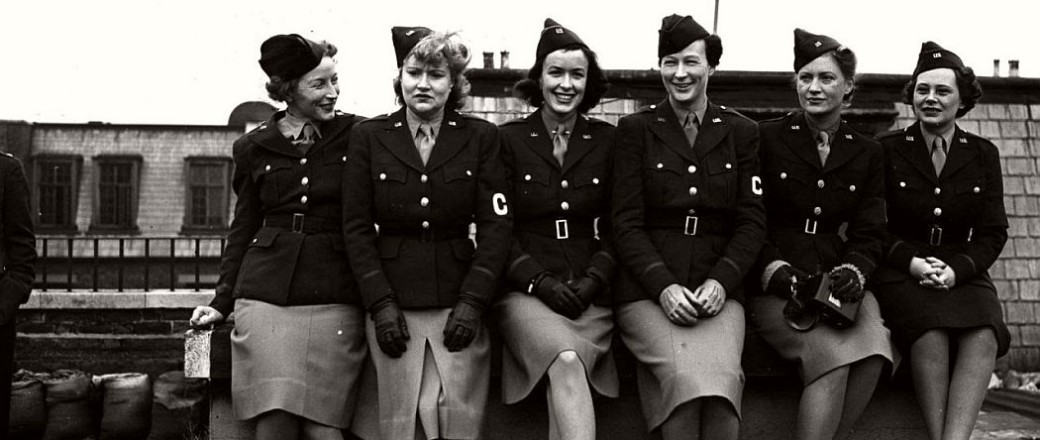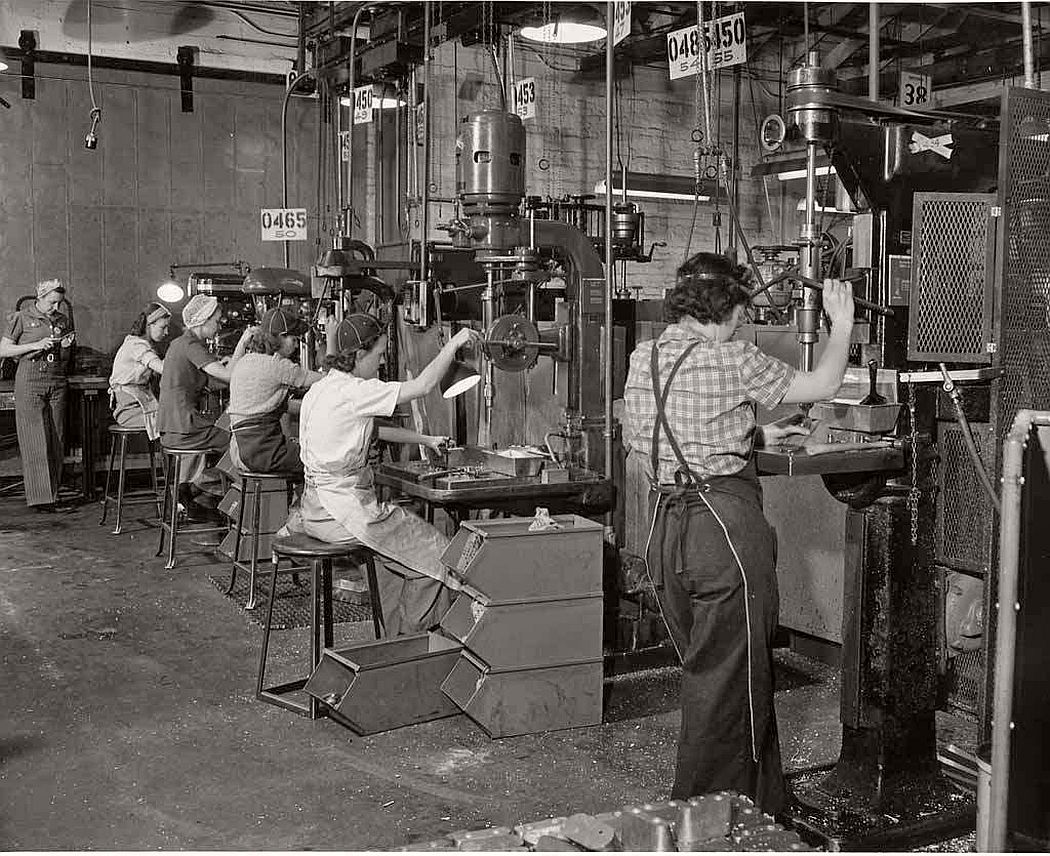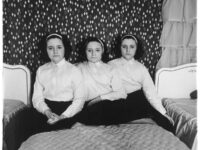During World War II, approximately 400,000 U.S. women served with the armed forces and more than 460 – some sources say the figure is closer to 543 – lost their lives as a result of the war, including 16 from enemy fire. However, the U.S. decided not to use women in combat because public opinion would not tolerate it. Women became officially recognized as a permanent part of the U.S. armed forces after the war, with the passing of the Women’s Armed Services Integration Act of 1948.
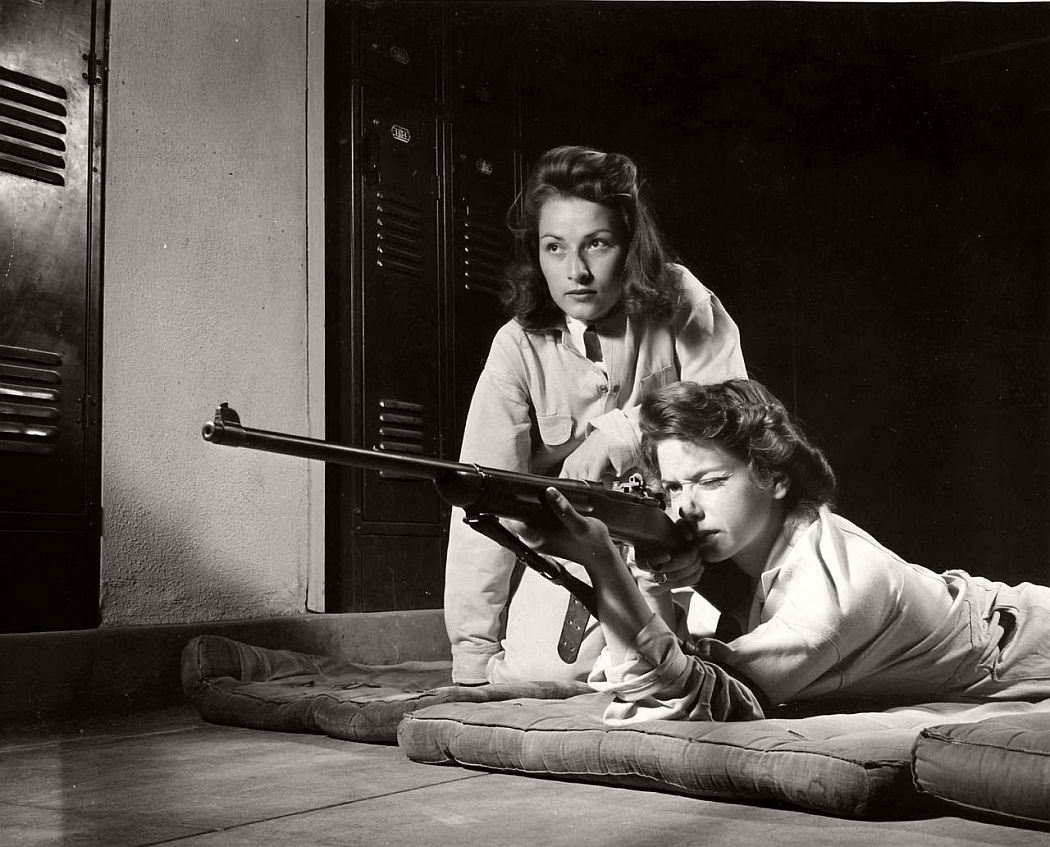
Two women conduct marksmanship training at Roosevelt High School, Los Angeles, Calif., circa August 1942. The Victory Corps taught marksmanship to encourage girls to be proficient in handling firearms. (National Archives photo)
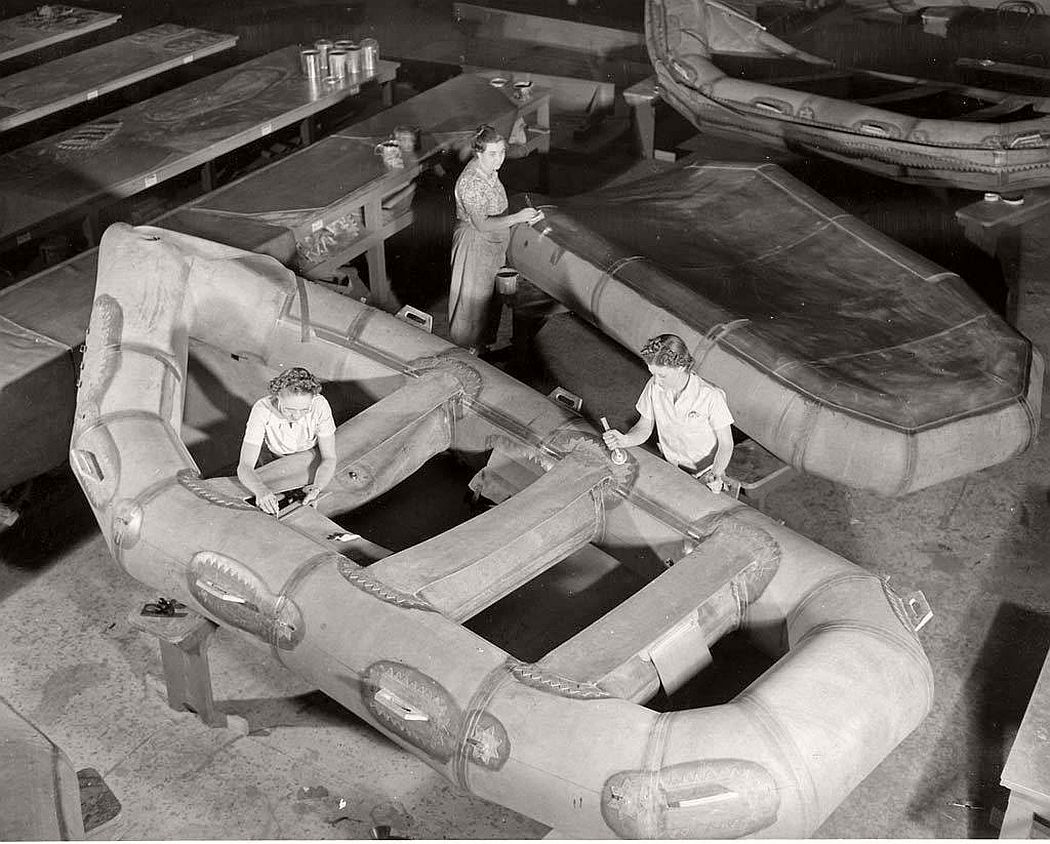
Women war workers build assault boats for the U.S. Marine Corps, circa December 1941. (National Archives photo)

Members of the 6888th Central Postal Directory Battalion take part in a parade ceremony in honor of Joan d’Arc, Rouen, France, May 27, 1945. They were the first African-American women to serve in U.S. military operations overseas, delivering a massive backlog of mail to G.I.s. (National Archives photo)
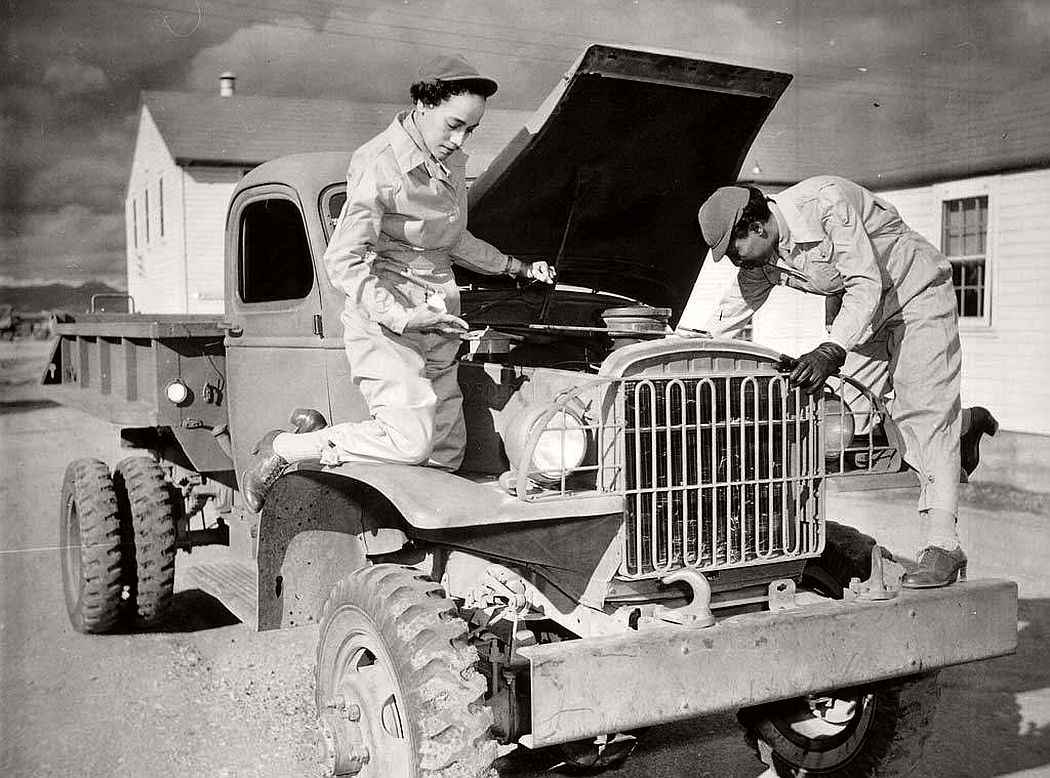
Women’s Army Corps (WAC) mechanics service a U.S. Army truck, Fort Huachuca, Ariz., Dec. 8, 1942. (National Archives photo)
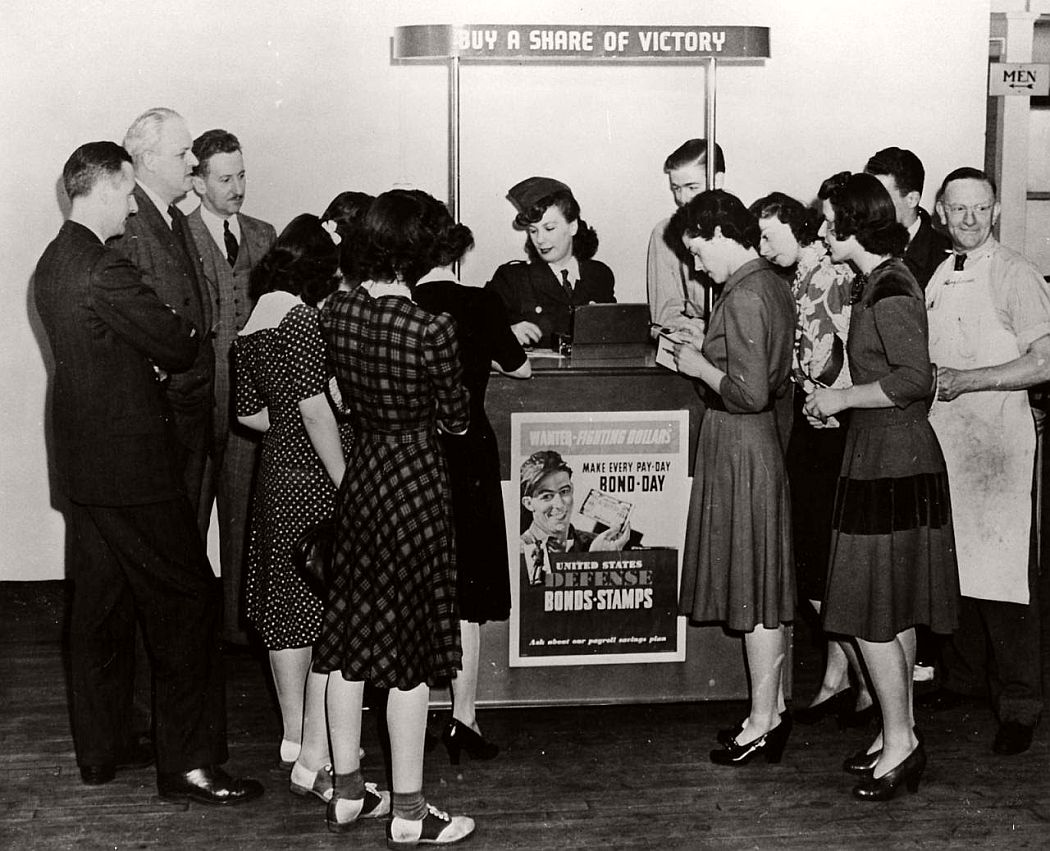
A young woman sells war bonds and stamps and distributes war production drive literature in 1943. (National Archives photo)
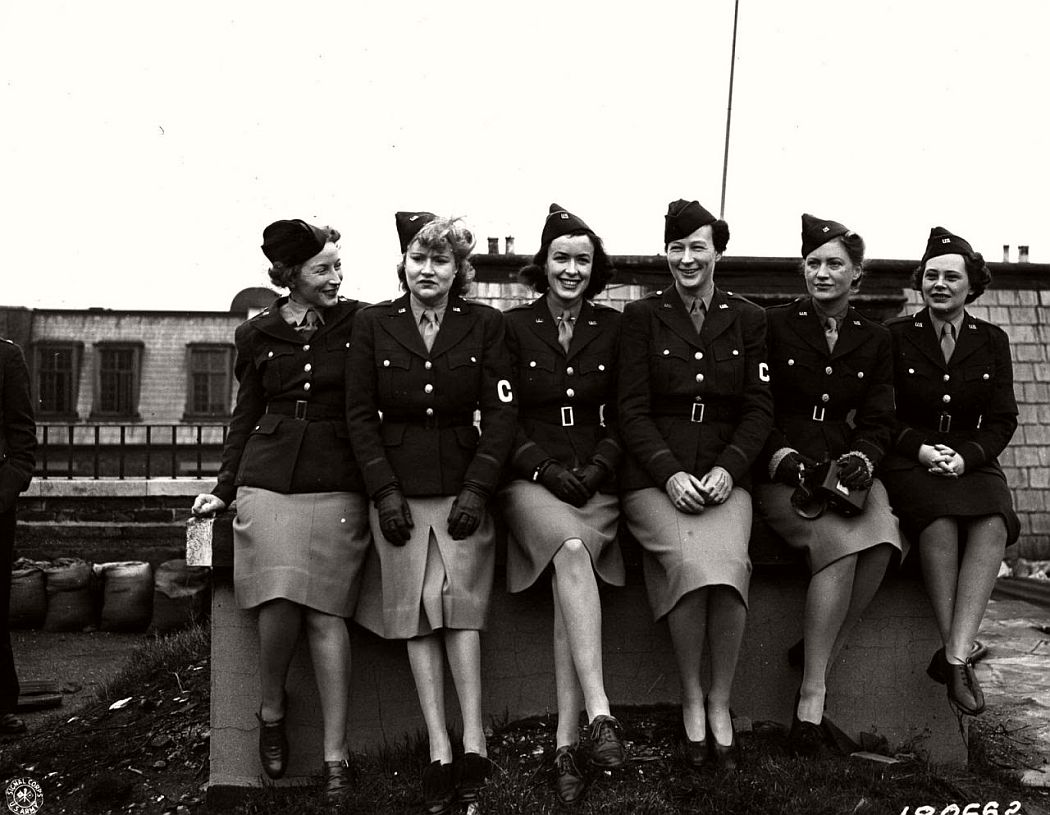
Women war correspondents working in the European Theater of Operations, Feb. 1, 1943. From left to right: Mary Welch, Time and Life; Dixie Tighe, International News Service; Kathleen Harriman, Newsweek; Helen Kirkpatrick, Chicago Daily News; Lee Miller, Vogue; and Tania Long, New York Times. (U.S. Army photo)
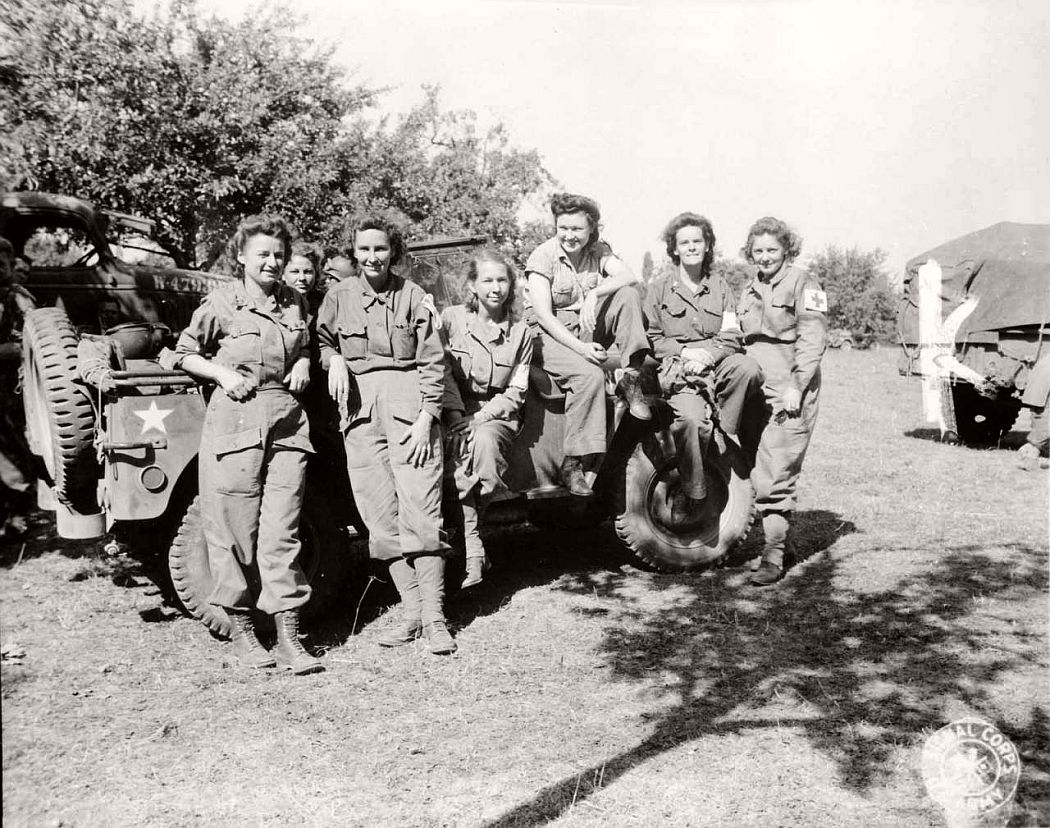
U.S. Army nurses who have arrived in France after working in field hospitals in England and Egypt for three years pose for a photo, Aug. 12, 1944. (National Archives photo)
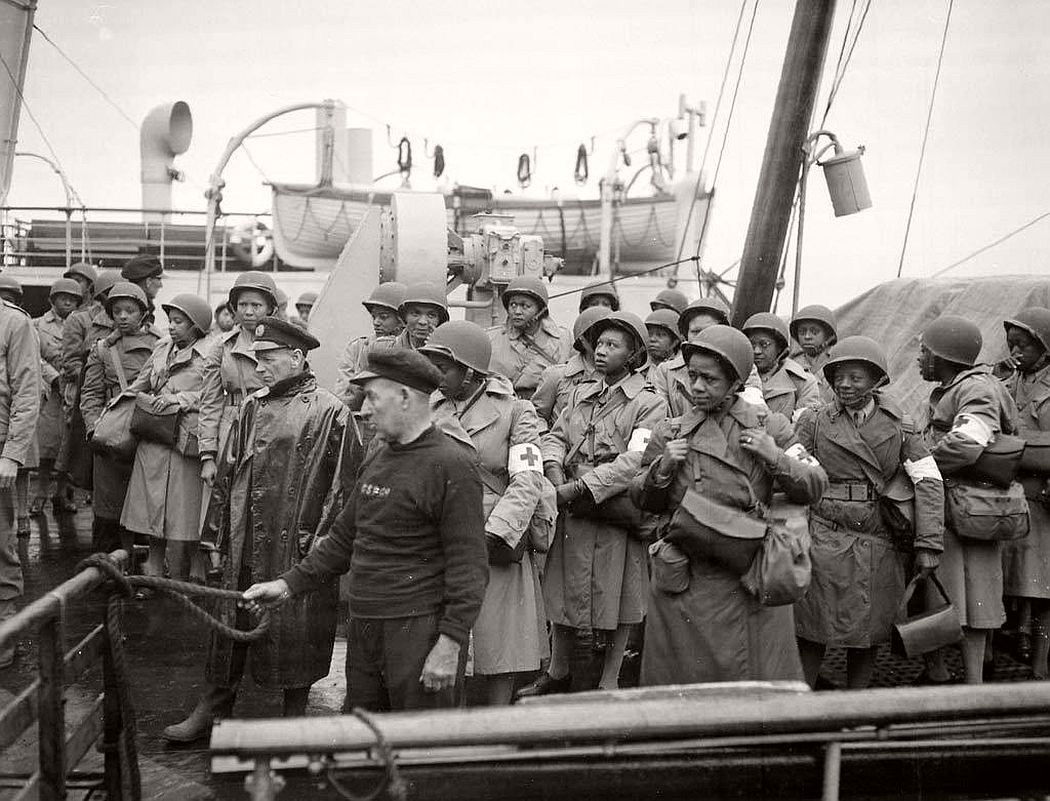
Newly arrived U.S. Army nurses line the rails of their vessel while awaiting to debark in Greenock, Scotland, Aug. 15, 1944. (National Archives photo)
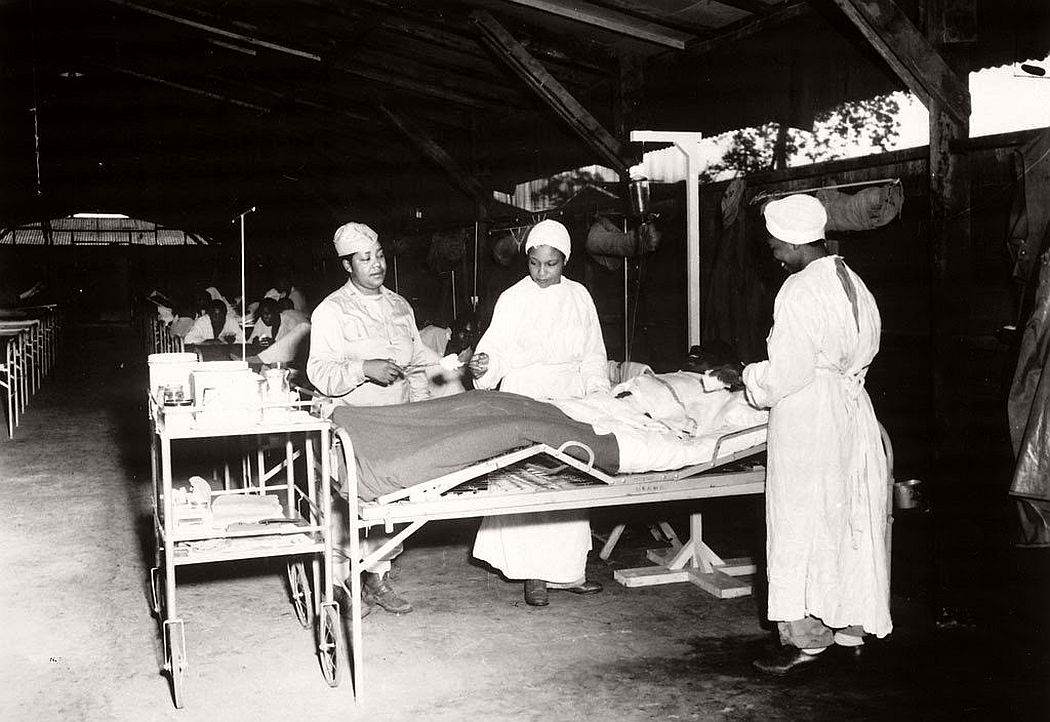
Surgical ward treatment at the 268th Station Hospital, Base A, Milne Bay, New Guinea, June 22, 1944. (National Archives photo)
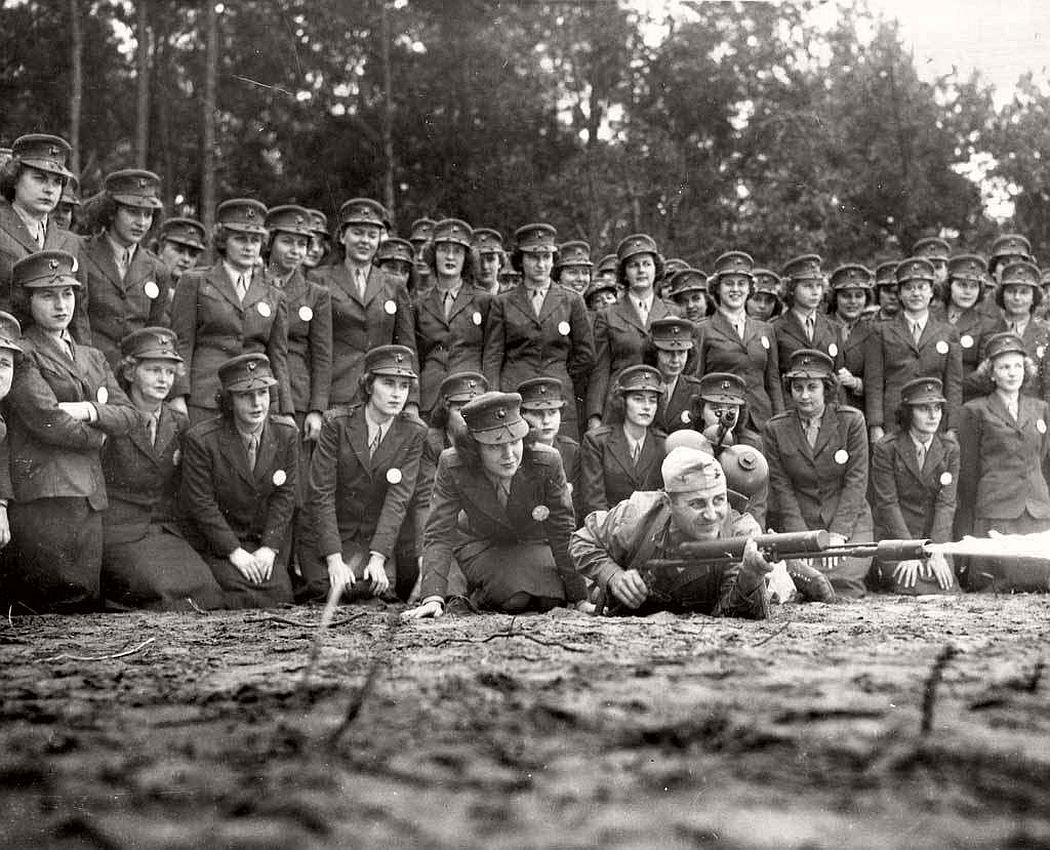
U.S. Marine Corps Women’s Reservists observe a demonstration by a Marine Corps flamethrower team, Camp Lejeune, N.C. (U.S. Marine Corps photo)
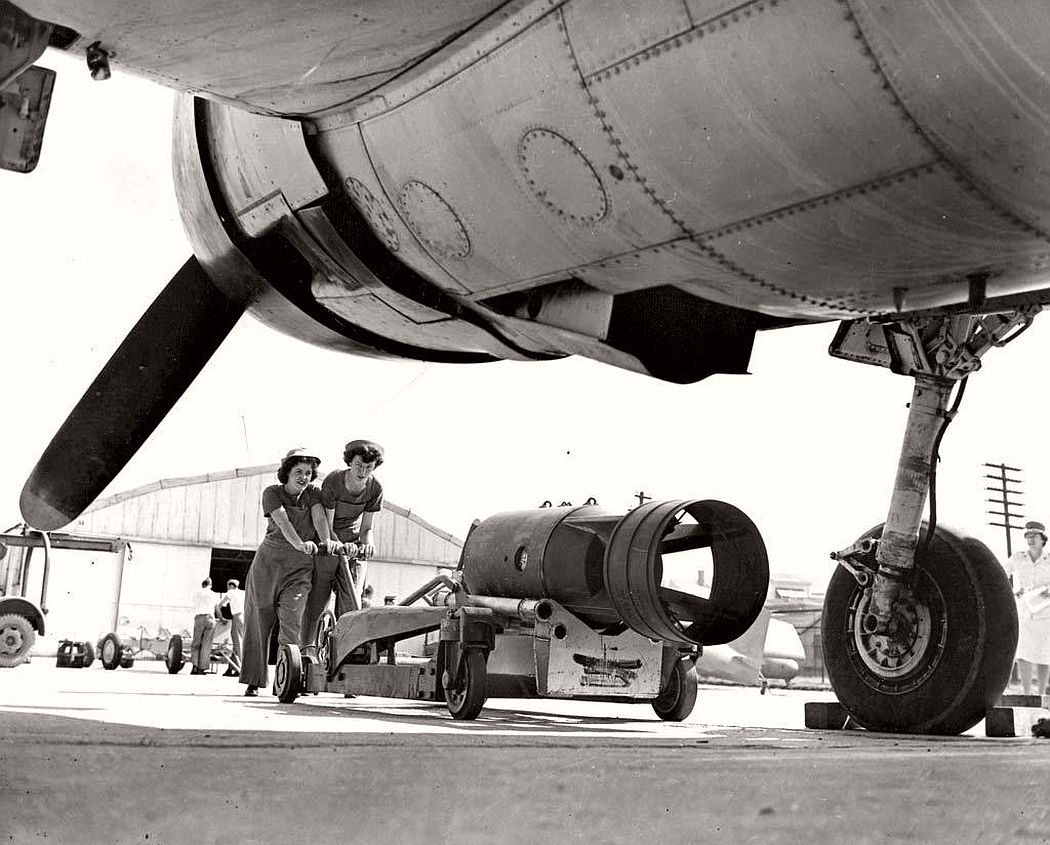
Privates Neta Irene Farrell and Genevieve Evers, members of the first class of the U.S. Marine Corps Women’s Reserve, position a depth charge as they prepare to load and arm it in the bay of a plane, Quantico, Va. (U.S. Marine Corps photo)

A group of U.S. Marine Corps Women’s Reservists work on a PBJ, the Navy designation of the B-25 Mitchell, at Cherry Point, N.C., March 9, 1945. (U.S. Marine Corps photo)
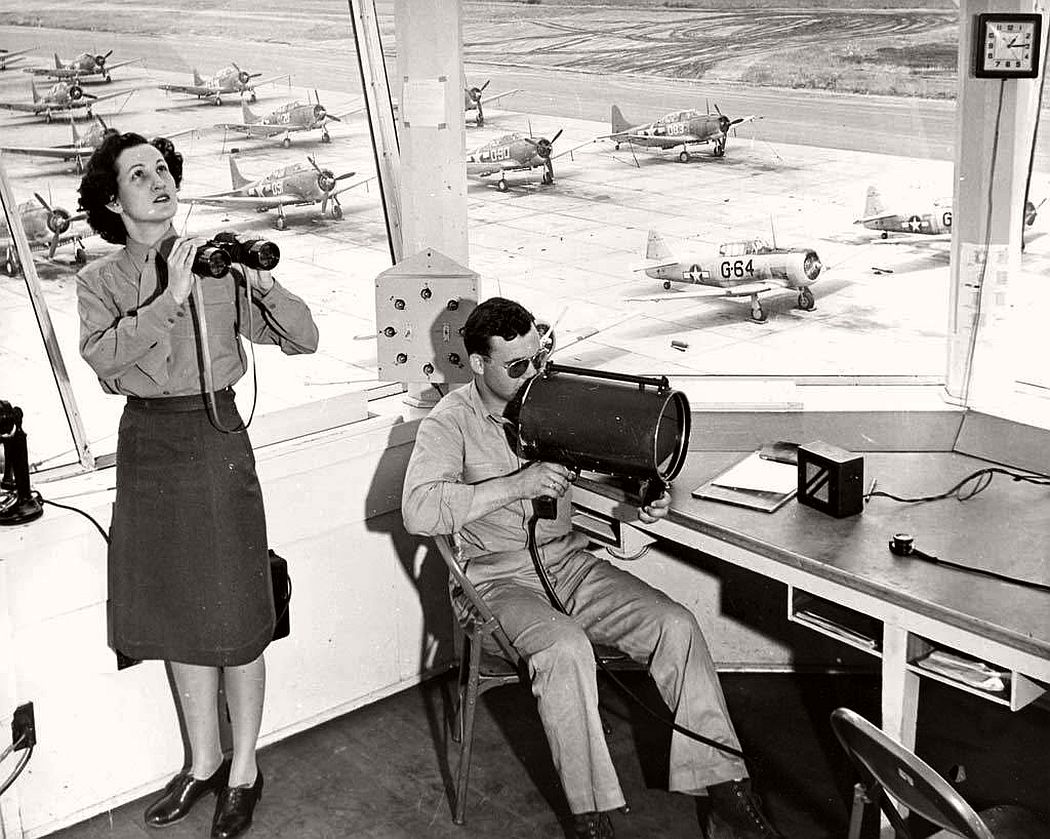
U.S. Marine Corps Women’s Reserve Sgt. Mary G. Rine and U.S. Marine Corps Sgt. Milton R. Wuerth direct air traffic, El Toro Marine Air Base, Calif. (U.S. Marine Corps photo)
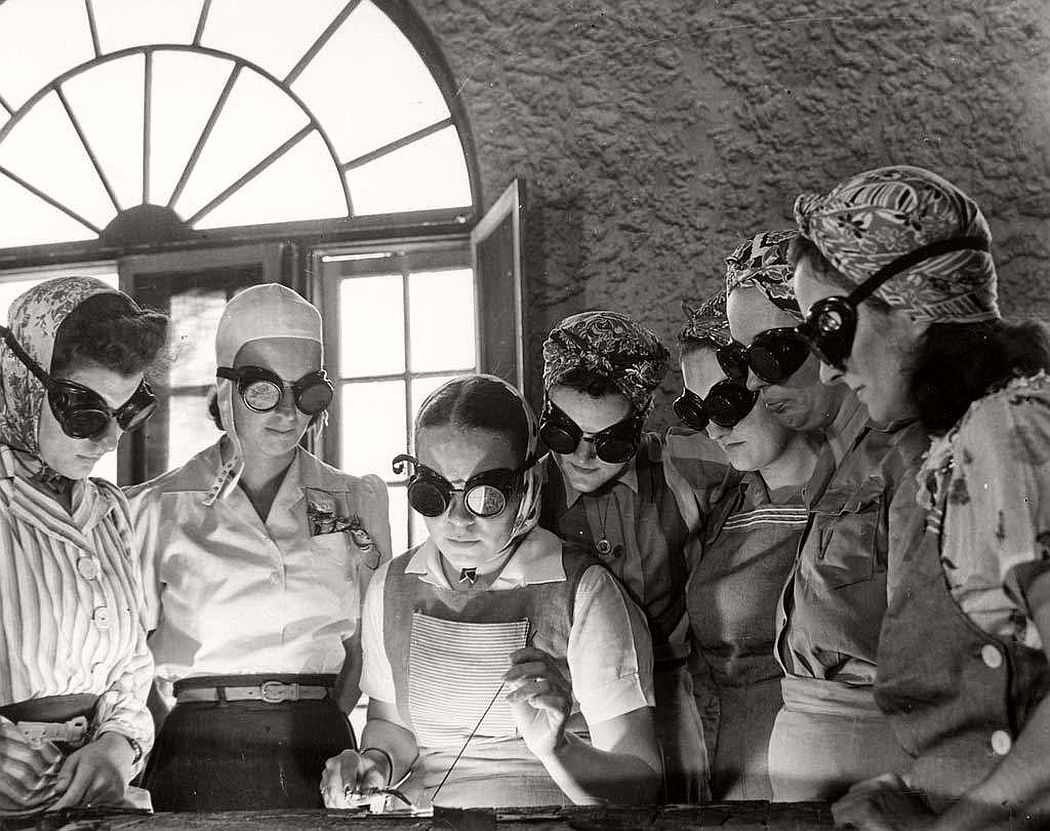
Women often went to vocational schools before entering the World War II workforce. These women are at the Daytona Beach branch of the Volusia county vocational school, Fla., circa April 1942. (National Archives photo)

